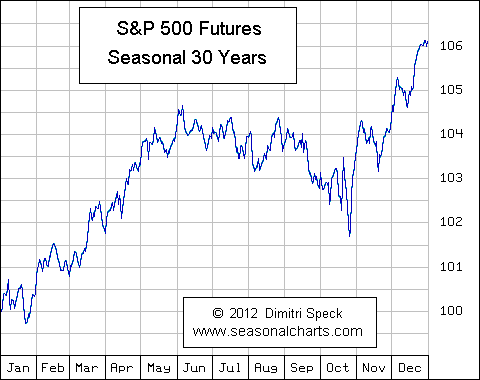Understanding the S&P 500: Significance and Trends

Introduction to the S&P 500
The S&P 500, or the Standard & Poor’s 500, is one of the most widely followed stock market indexes in the world. It includes 500 of the largest publicly traded companies in the United States and serves as a key indicator of the health of the U.S. economy. As an essential benchmark for market performance, investors closely monitor its movements to gauge overall market trends and make informed investment decisions.
Current Market Performance
As of early October 2023, the S&P 500 index has shown remarkable resilience in the face of ongoing economic challenges, including rising inflation and interest rates. Year-to-date, the index has gained approximately 15%, echoing the optimism among investors regarding the potential for a smooth economic recovery. Notable contributors to this upward trajectory include technology giants such as Apple and Microsoft, which continue to innovate and expand their market share despite economic pressures.
Key Events Influencing the S&P 500
Recent economic data releases have had a significant impact on the performance of the S&P 500. A robust labor market and stronger-than-expected consumer spending reports have fueled investor confidence. Furthermore, the Federal Reserve’s stance on interest rates has evolved, with signs that policymakers might take a more cautious approach to future hikes, providing further support to the markets.
Sector Performance
In recent weeks, technology, healthcare, and energy sectors have led the gains in the S&P 500, showcasing a varied investor interest. Tech stocks have been propelled by advancements in artificial intelligence and cloud computing, while the energy sector’s surging demand and rising oil prices contribute positively to its indexes. Conversely, the financial sector displayed some volatility due to uncertainties surrounding regulatory changes and interest rate fluctuations.
Conclusion and Future Outlook
The trajectory of the S&P 500 remains closely tied to macroeconomic factors, including inflation rates, consumer spending trends, and Federal Reserve policies. Analysts suggest that while the current economic conditions have encouraged a bullish outlook, potential volatility looms due to geopolitical tensions and unforeseen economic shocks. For investors, staying informed and adaptable in the face of these changes will be crucial for navigating the evolving landscape of the S&P 500 and broader financial markets.









